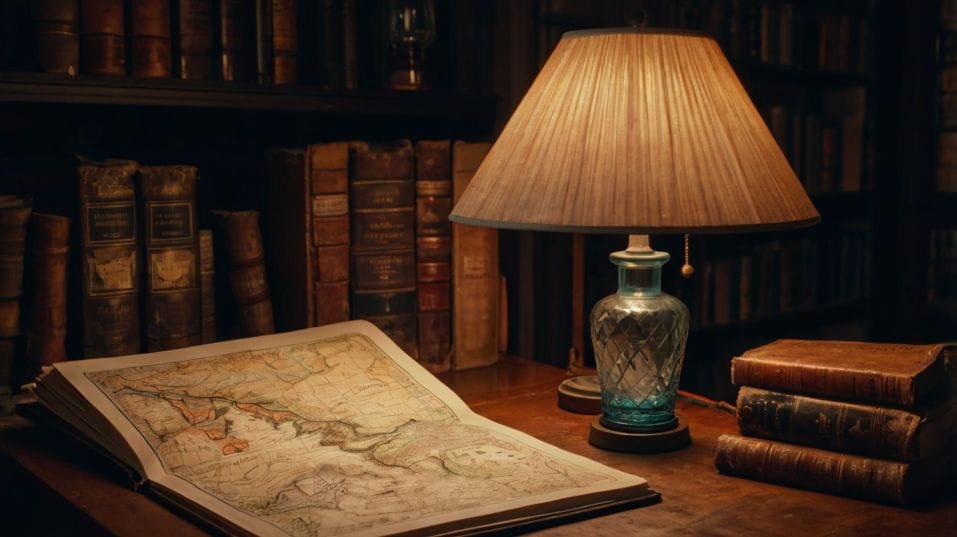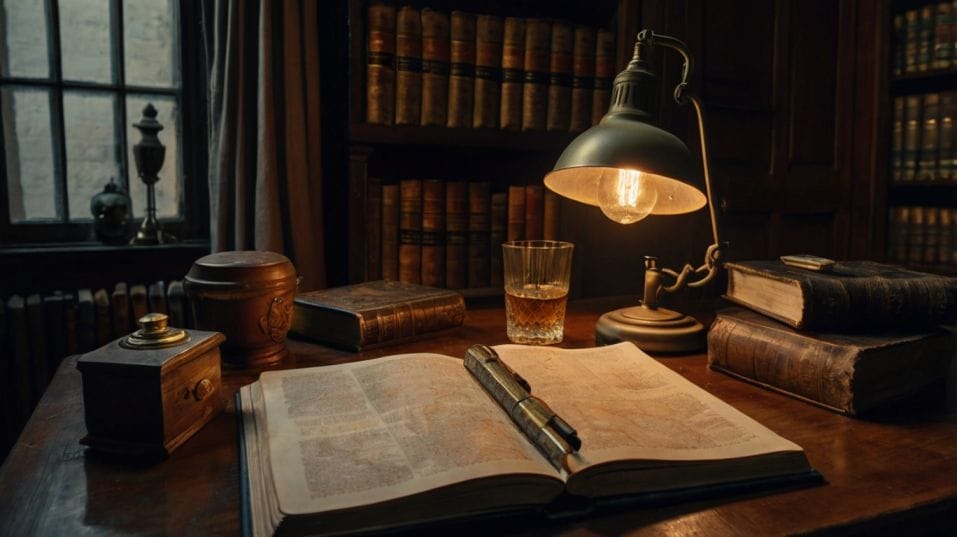What Whiskey Did Winston Churchill Drink?
Discover what whiskey Winston Churchill drank—and why it matters for beginners learning to taste, choose, and drink whiskey with confidence.

What if the secret to learning whiskey wasn’t about chasing the rarest bottle—but drinking like Winston Churchill? Not collecting. Not flexing.
Just picking one pour and mastering it. Churchill’s choice wasn’t elite or expensive. It was steady, simple, and smart.
For anyone new to whiskey, that’s the lesson: you don’t need prestige. You need intention. And a little curiosity. Because once you taste with purpose, everything changes.
Churchill’s Whiskey: Simpler Than You’d Expect
Churchill’s go-to wasn’t rare, obscure, or expensive. It was Johnnie Walker Red Label, a widely available blended Scotch whisky that many modern drinkers write off without a second thought. It’s easy to overlook. That’s the point.
For Churchill, it was about familiarity. Rhythm. A pour he could return to again and again without overthinking.
Red Label gave him what he needed: something light enough to stretch throughout the day but strong enough to hold its character even when diluted.
He didn’t chase status bottles. He drank the same whiskey on the battlefield, in Parliament, at dinner, and on holiday.

Not because he lacked access—but because he found something that worked. There’s a lesson in that for anyone just beginning to navigate the whiskey landscape.
Too many new drinkers obsess over prestige—age statements, single malt purity, secondary market hype.
But you’ll learn more from one consistent, reliable bottle than from sampling a dozen trophy pours. Find your Red Label. Lock into it. Use it as your baseline. Only then will you start tasting with precision.
Blended Scotch: Not a Compromise—A Strategy
Blended Scotch isn’t inferior. It’s engineered. These whiskies combine malt and grain spirits to create a specific flavor profile—balanced, clean, dependable.
In Churchill’s case, Red Label offered a lightly peated, peppery character with enough brightness to drink long into the evening without fatigue.
Why It Matters for You
If you’re just beginning to refine your palate, a quality blend can teach you more than an overpowering single malt.
Blends are where you learn to detect subtle differences: how grain spirits soften edges, how malt contributes weight and depth, how peat whispers instead of shouts.
The more you pay attention, the more you’ll start spotting patterns across bottles. You’ll start noticing how finish length, mouthfeel, and aroma all interact.
And you’ll gain a quiet confidence—because you’re not just drinking whiskey. You’re studying it.
How Churchill Drank: Watered, Not Weak
Churchill’s daily ritual involved pouring a finger of Scotch into a tumbler, topping it with water, and sipping it slowly—sometimes all day long.
This wasn’t weakness. It was calibration. He understood that whiskey isn’t about alcohol content. It’s about flavor control.
Unlocking Flavor Through Water
Adding water to your whiskey—whether it’s a few drops or a full splash—changes the structure of what’s in the glass. It cools the burn, opens up aromatics, and exposes flavors you’d miss if you only drank it neat.
Here’s how you apply it:
- Start with your whiskey neat.
- Smell it. Sip it. Sit with it.
- Then add a small splash of water. Just enough to dilute it slightly.
- Smell again. Sip again.
- Notice the difference—not just in intensity, but in clarity.
This is one of the fastest ways to train your palate. You’re not watering it down to hide flaws. You’re revealing layers. Churchill knew that, even if he wouldn’t have put it in those terms.
Taste First. Always.
Churchill didn’t need validation from critics or collectors. He chose what worked for him and ignored the noise.
If you want to build a smart collection or sharpen your tasting skills, that mindset will take you further than any tasting notes or whiskey influencer ever could.
Build Taste, Not Hype
Start by trusting your reaction. Not every pour has to be profound. If it tastes good and fits the moment, that’s enough. Take notes if you want, but don’t overanalyze. Let the experience teach you.
You’ll start to figure out what flavors speak to you. Smoky? Floral? Malty? Dry? Once you know that, collecting gets easier—and more meaningful. You’re not just buying bottles. You’re curating your taste.
What Churchill Didn’t Do
He didn’t romanticize whiskey. He didn’t worship distilleries. He didn’t complicate things.
Churchill drank whiskey like a tool—part of his daily rhythm, part of how he moved through the world. He made room for it, respected it, and kept it functional. There’s freedom in that.
Too many modern drinkers are afraid to just drink their whiskey. They hoard. They fuss. They treat each bottle like a museum piece. But whiskey is meant to be opened. Shared. Explored.
You want to enjoy whiskey like Churchill? Then stop collecting for your shelf and start collecting for your taste memory. Focus on what you’ve actually enjoyed, not what someone else rated.
Final Thoughts: What Churchill Can Teach You
Churchill’s whiskey habit wasn’t about indulgence. It was about intent. He found one bottle that worked and made it part of his life. He drank it his way, without apology or pretense.
If you’re just getting serious about whiskey, start there. Pick one bottle. Make it your benchmark. Use water. Take notes. Taste with purpose.
You don’t need a cabinet full of rare Scotch to be a whiskey person. You just need to pay attention.
So today, pour something. Sit with it. Make a mental note. Add water. Try it again. That’s how you start building taste—not hype. Not habits. Taste. And once you’ve built that, no one can take it from you.




